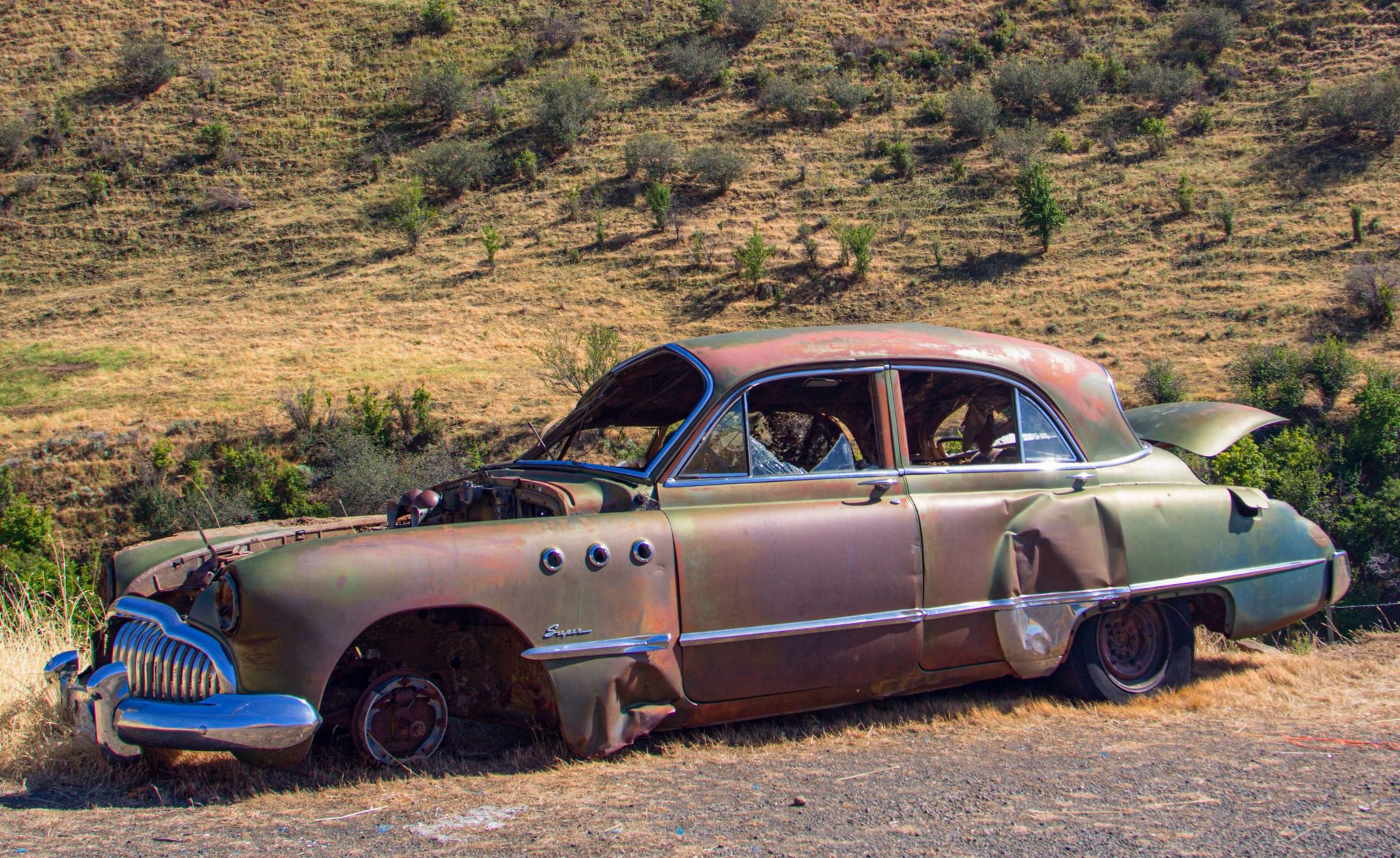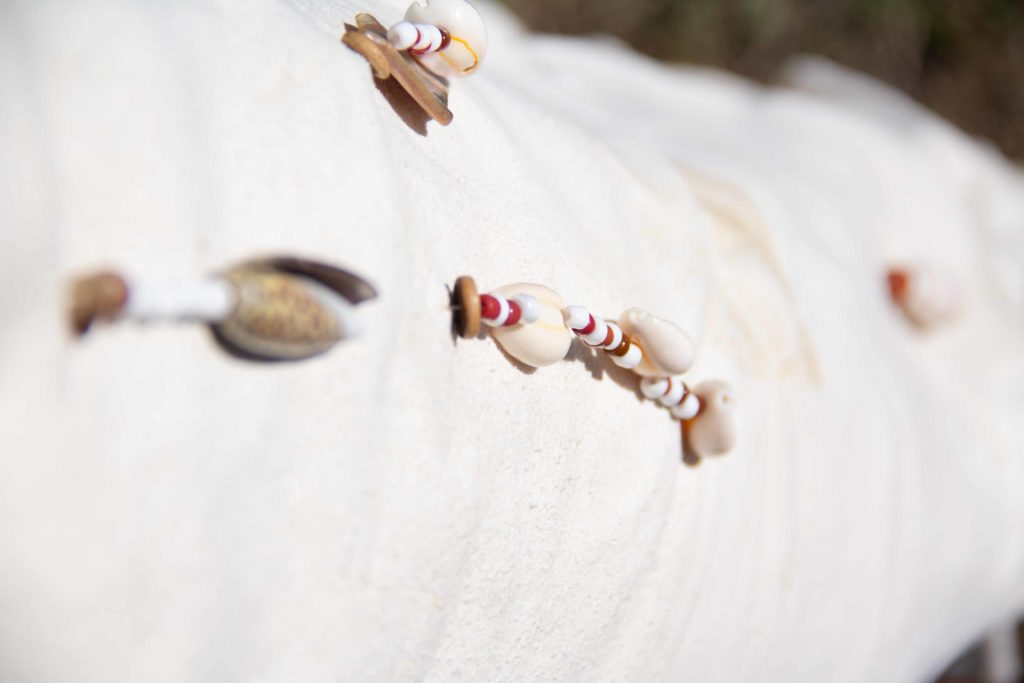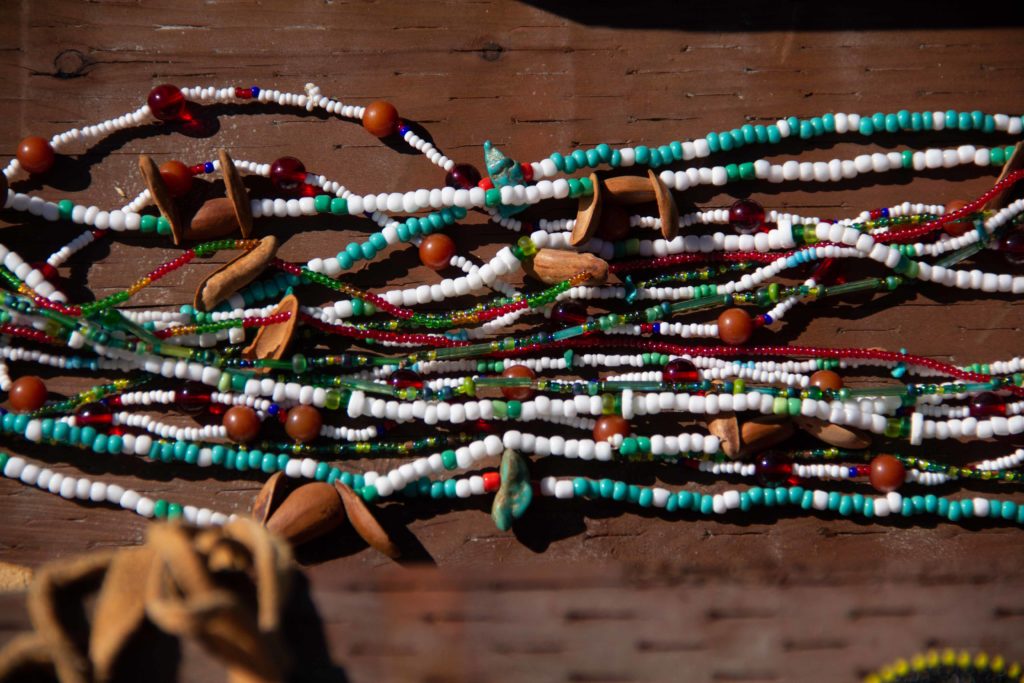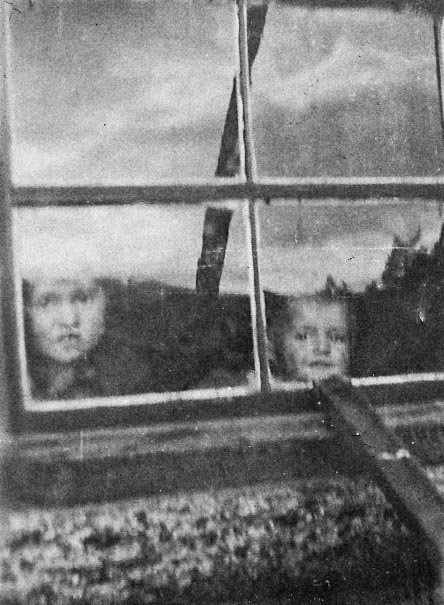The first time I remember seeing a Native American Indian was when we took a trip to North Carolina when I was a little girl. I was fascinated at the old Indian who stood in front of a store dressed in buckskin and wore some sort of headdress. I know I stared at him, but I had never seen anyone like him before. He looked tall, regal and wise in the lore of his culture. I guessed he was an Indian Chief. That image was etched into my memory.
When we traveled out west, my brothers tried to scare me by telling me that Indians would jump from behind the rocks and scalp me. I rarely believed anything my brothers told me, and that time was no different. It seems that we always went through at least one Indian Reservation. I kept my eyes opened not because of what my brothers said but because I was intrigued. We would stop at the general store, pick up a trinket or two and get a drink. Of course, the highlight was seeing the Indian people. History produced a certain romanticism of the Native Americans, some depicted as noble, some as savage. Even at that young age I thought the treatment towards the Indians was a great injustice.
Stories of Native Americans were nothing new to us. We grew up with stories of Indians intertwined with the lives of my family. My granddad told tales of Indians following alongside his family’s wagons trailing from Oklahoma to Montana. The Indian braves were just as fascinated with the travelers as the travelers were with them. When my great grandfather and others gathered around the evening campfire and played their fiddles and other instruments, some of the Indians joined them. As the old fiddle tunes were played, Indians moved in rhythm with the music and danced around the flames that licked the night sky. They attempted to coerce my aunt to join in their merriment. One Indian brave tried to work a trade for Old Bill, my granddad’s horse, but he would not make the deal.
My great aunts and uncles and my grandmother passed down tales of when their family lived in New Mexico during the time of Apache raids. Those living on small ranches and farms were more afraid of the white men on the large ranches who tried to strong-arm them into selling their lands and herds. One of my favorite stories was that of my great grandmother who claimed to be an Indian Princess on one occasion when Apache braves rode up to their house on the ranch. Upon seeing her little blue-eyed blonde-haired boy, they threatened to bash in the little “gringo’s” head. Her quick thinking and claim as Chief Victorio’s daughter saved those at her home that day as well as offering a hedge of protection for their ranch.
My grandmother was a supporter of St. Labre Indian School in Ashland, Montana. We stopped there on occasion during our trips west, and visited the campus, museum, and gift shop. My father continued to support them after my grandmother’s death.
Even now when traveling across a reservation, I feel like an outsider, a stranger looking through a window, just passing through.



